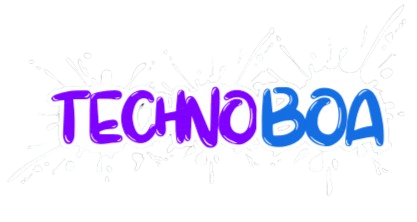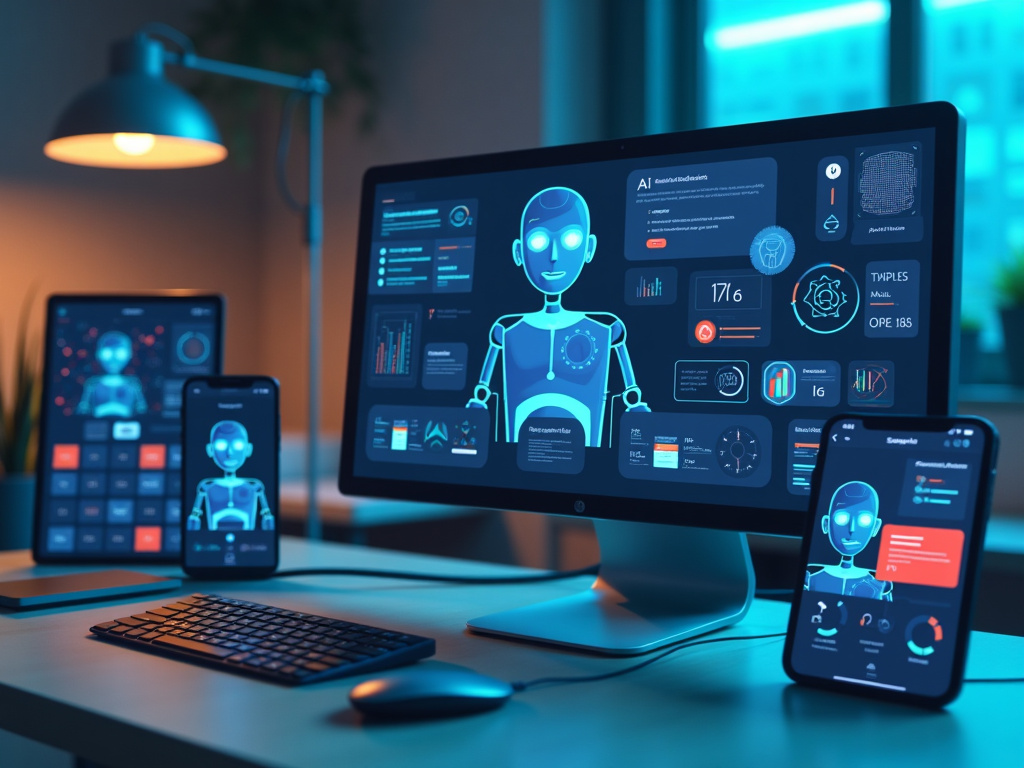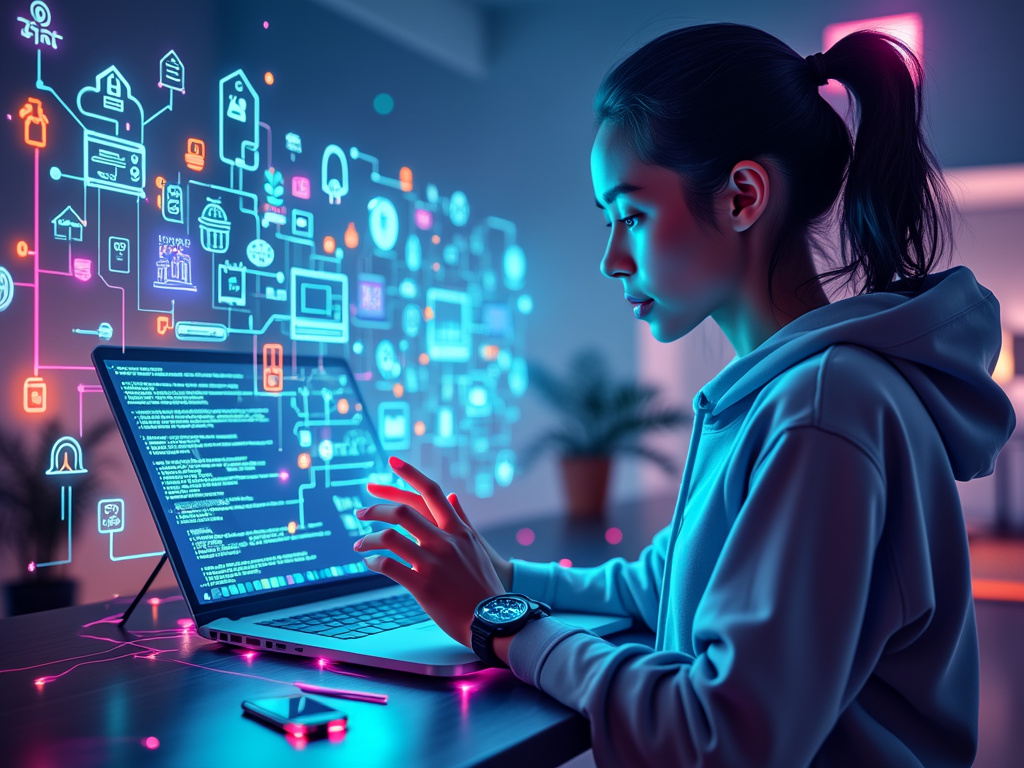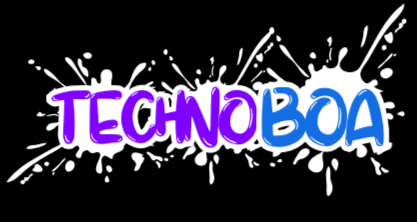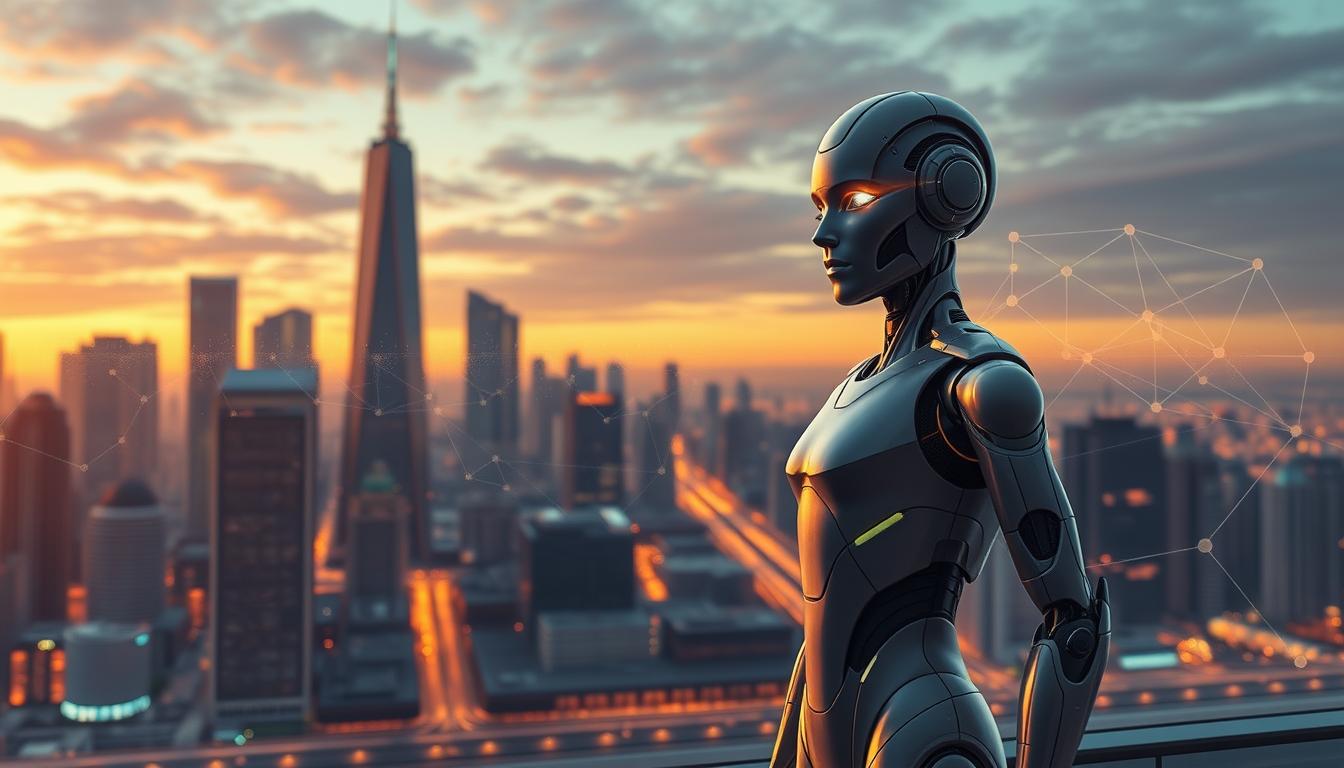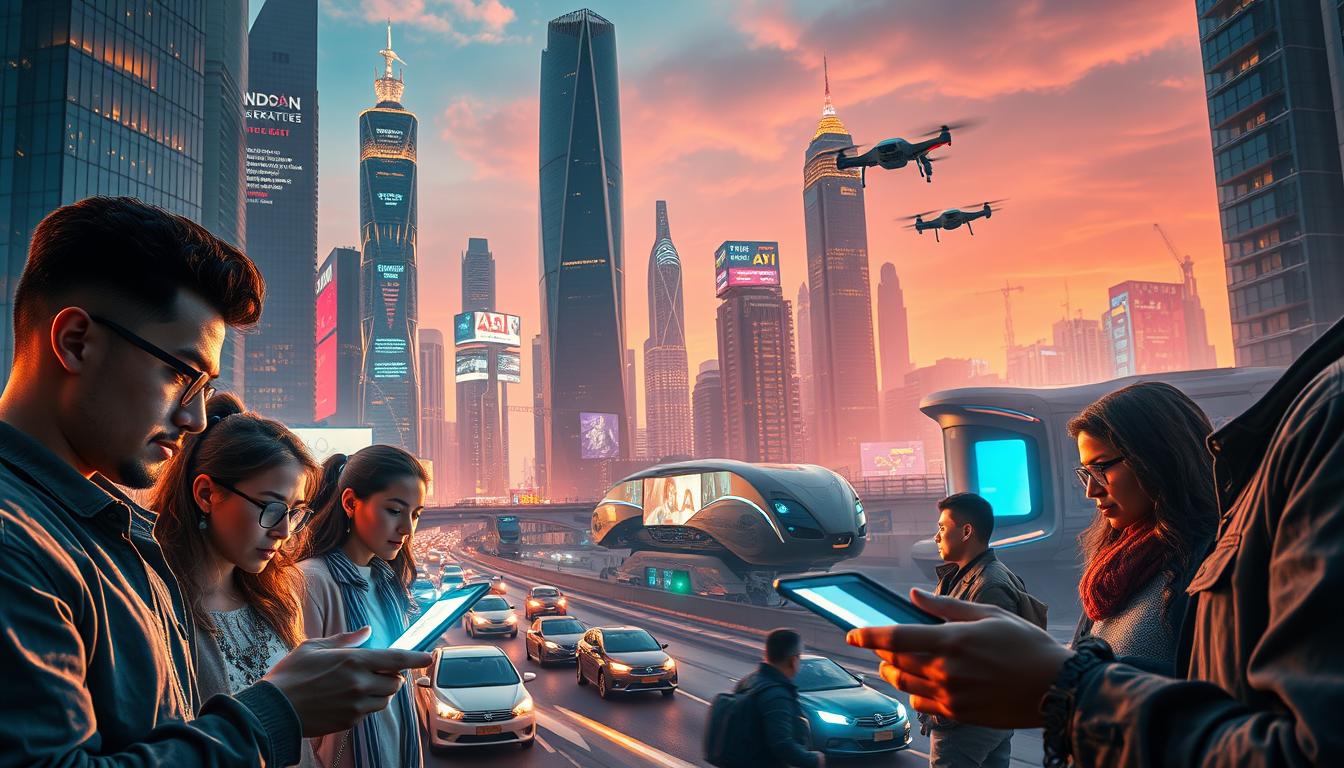In today’s very fast-moving business world, AI has become so relevant for entrepreneurs to enhance productivity, efficiency, and decision-making processes. No matter whether you are at the initial stage or scaling up, AI tools will offer unparalleled advantages through automation, prediction, and offering deep insights on trends. In this article, I will tell my story in using the AI technology as an entrepreneur, followed by reviewing – which is mostly based on research and internet data – the most used AI tools. Some of them might not be an issue, but some are very reliable. AI for Content Creation My Experience:As an entrepreneur, content is king. From blogs to social media posts to building out email campaigns, it always seems like a need for good, quality content is present. Though the want for great content never ends, high-quality content created by yourself takes so much time to make. This is where AI tools have been a total game-changer for me. My Top Tools: 1. Jasper AI (formerly Jarvis) Overview: Jasper AI is an AI assistant that writes human-like content. Its use is suggested for writing blog posts, social media updates, product descriptions, and much more.Features:1. Generate Blog Post in Minutes2. Templates of more than 50 for various writing purposes3. Grammar Check4. Tone Check5. Integration with SEO tools like Surfer SEOMy Thoughts: Jasper helped me create several blog posts in no time, this saved me like about 50% of my writing time. I also loved their tone adjustment feature, which allowed me to tailor my content to targeted audiences.Online Reviews: People commend Jasper for its user-friendliness and rapid pace at which it can create content. Other users said the content is impressive but sometimes needs editing in order to bring out accuracy or flow. 2. Copy.ai Overview: Copy.ai automates the copywriting process, including social media posts and emails, all the way to long-form articles.Features:1. AI-generated marketing copy2. Niche-specific content3. Variety of tone optionsMy Thoughts: I found Copy.ai helpful in making quick social media posts and ideas for email campaigns. Its simplicity and the variety of templates that it offers make it a good choice for entrepreneurs who want fast yet effective copy.Online Reviews: The general feedback portrays Copy.ai as user-friendly and effective to use with regards to social media and email copy. However, complex, long-form content fared a little poorer with this tool. AI for Market Research and Data Analytics My Experience:Of the toughest ones has been the collection, analysis, and making sense of market data. I have always missed some insights hidden within giant datasets, given that doing it by hand is time-consuming. This all changed when I began integrating AI-driven tools into the process. Top Tools: 1. Crayon Overview: Crayon is an AI-based platform for competitive intelligence through which millions of sources of data are analyzed in order to discover trends, product updates, and strategies launched in the market.Features:1. Competitor tracking2. Market insights and analyses3. Easy-to-read reportsMy Thoughts: Crayon has become my go-to for competitive analysis. It helped me stay ahead of my competitors by showing me their strategies, market shifts, and emerging trends. In this way, decision-making will be more data-driven and proactive.Online Reviews: Users praise Crayon for his capability to deliver real-time competitive insights but add that sometimes it may be too much to handle with the tons of data it will gather. 2. MonkeyLearn Overview: MonkeyLearn is a text analysis tool powered by AI to perform sentiment analysis, keyword extraction, and classification tasks.Feature1. Sentiment analysis2. Text classifiers customizable3. Integrate with other apps such as Google SheetsMy Thoughts: I have used MonkeyLearn for insights from customer feedback. The insights of its sentiment analysis feature proved really helpful in adjusting my marketing strategies according to the customers’ satisfaction level.Online Reviews: Great user-friendly interface, and the AI analytics power is huge. Users like its flexibility and how easy it is to integrate it with other tools. AI for Sales and CRM Automation My Experience:Due to growth in business, manually managing leads, customer data, and processes of sales started becoming time-consuming. That’s where I began to use AI-driven Customer Relationship Management (CRM) and automation tools in sales. Top Tools: 1. HubSpot CRM (With AI-powered Sales Tools) Overview: HubSpot CRM is a leading AI-powered sales automation platform helping businesses engage in customer relationship management and sales pipeline management.Features:1. AI-powered lead scoring2. Automated email follow-up3. Sales forecastingMy Thoughts: How HubSpot CRM simplified lead management for me, the AI-powered lead scoring helped me prioritize the most promising leads, and I loved the fact that email automation would allow nurturing with minimal or no manual intervention.Customer Reviews: HubSpot CRM is incredibly useful to small and medium-scale organizations. Automation within the tool has saved a good amount of time for entrepreneurs, but some do report a learning curve in its feature set. 2. Salesforce Einstein Overview: Salesforce Einstein embeds AI into Salesforce CRM, adding advanced analytics, customer insights, and predictive recommendations.Features:1. Predictive sales forecasting2. Lead grading and automated follow-ups3. AI-powered customer insightsMy thoughts: Salesforce Einstein felt like having a sales assistant. Its predictive capabilities helped improve my sales strategies while making sure, through its lead-scoring system, that my sales team focuses on the most valuable leads.Online Reviews: Salesforce Einstein is known for its powerful AI; however, many note it is best fit for larger enterprises due to complexity and cost. Social media is one of the most important channels for marketing. However, keeping track of posts, engagement, and analytics over time can take quite a lot of work. AI-driven social media tools have saved me a lot of time by streamlining and automating most of this process. My Favourite Tools: 1. Hootsuite with AI Integrations OverviewHootsuite is the platform from where you have scheduled social media posts and used AI-driven content recommendations, analytics, and performance tracking.Features1. AI-powered recommendations2. Social media scheduling and automation3. AnalyticsMy Thoughts: Hootsuite made managing my social media a lot easier. I especially liked the AI content suggestions upon creating the posts, and it had a feature where I could schedule
Top 5 AI Tools to Boost Productivity
Today, productivity is like running on a treadmill cranked up to the max. No matter how fast you go, there’s always more to get done. You’re probably juggling email, meetings, to-do lists, brainstorming sessions, and research and on and on it goes. The clock keeps ticking. But what if I told you there’s a secret turbo-boost that will give you an unfair advantage in productivity? As we know Artificial intelligence, more correctly AI, is no longer a concept of science fiction movies. It has already begun to change the way we work, live, and even think. Productivity-wise, AI tools can be combined as your personal assistant, idea generator, task organizer, and time-saver. But with so many AI tools around, how would you know which one is worth your time? In this article, we delve deep into the top 5 AI tools that will help one achieve more in less time, work wiser-not harder-and seriously level up the productivity game. 1. Notion AI: Your AI-Powered Workspace Perfect for Knowledge workers, teams, writers, project managers. We’ll start off with something most of us will probably have come across: Notion. If you are already using it for organizing your notes, managing tasks, or keeping track of projects, strap yourselves in because Notion AI is like using Notion on steroids. Notion AI is an integrated assistant that turbocharges your workspace. It’s more than a repository of your ideas and projects. It can be a source of inspiration, summarize information for you, create drafts, and even make checklists. Seamlessly integrated into the interface of Notion, with literally zero learning if you’re used to working with it. So here’s what can be done for you using Notion AI: Key Features Writing Assistance: Notion AI can generate entire blocks of content with the prompt you give it. Be it blog posts, reports, or even emails, it is bound to speed up your writing by providing a rough draft to work off of.Summarization: Are there any lengthy documents or sets of meeting notes that you want to summarize? Let Notion AI take care of it. It does your summarizing in concise chunks so that you will not waste any more time than necessary to get to the gist of it.Idea Generation: The creative block getting the best of you? Notion AI will give you ideas, outline content, and even pen marketing copy. Like having a brainstorming buddy at your beck and call.Task Automation: You can prompt it to generate to-do lists or organize your notes; hence, saves you from mundane tasks. How It increase Productivity For a second, put yourself in the shoes of someone who’s doing some research, and all the notes are there, but now they’re running out of time to put it all into something sensible. Here comes Notion AI, pulling together key points from the notes, creating an outline, and even suggesting a first draft for the report. Now, hours ahead, quality output. 2. Grammarly: Your Writing Assistant Ideal for: Professionals, students, bloggers, and anyone who writes. Writing is tough work. Drafting emails, composing blog posts, or just creating reports takes much time and psyche. But it’s not just a matter of getting words down on a page; it’s making sure those words are clear, concise, and error-free. It is about the Grammarly way. Grammarly makes you a better writer, and it’s faster, too. In Word or Google Docs, or even typing an email in your browser, Grammarly checks in real-time what you are writing for grammar mistakes, spelling errors, tone, and even clarity. Key Features Grammar and Spell Check: Fairly obvious but probably one of the most needed features there is. Grammarly will catch anything that might slip through the cracks.Clarity and Tone Suggestions: Grammarly not only checks for mistakes but also assesses clarity and tone. You will get suggestions to make your writing more engaging, concise, or professional.Plagiarism Detection: Writing a research paper or a blog post? Grammarly can check your content against billions of web pages to make sure it’s original.Goal setting: Grammerly allows setting specific goals when writing, like formal, neutral, or friendly, and then provides feedback based on the preset goals. How it improves productivity We’ve all been there, spend hours crafting that important email or report, only to find out afterward that it contained a glaring typo or unclear sentence. Grammarly lets you know your writing’s polished, before it leaves your desk, saving you from embarrassing mistakes and miscommunication. Plus, with suggestions for tone and clarity, you can ensure your message lands the way you want. Less time editing, more time creating. 3. Trello with Butler: Automate Your Task Management Great for project managers, teams, entrepreneurs, freelancers. Trello is already a favorite in the world of project management, and that’s for a good reason. It’s simple, intuitive, and helps you sort out your tasks and projects by dragging the mouse. But when you add Butler, Trello’s automation feature, to this mix, it becomes a true productivity powerhouse. Butler is an automation tool within Trello that allows you to automate repetitive tasks, create custom workflows, and make your project management process seamless. Think of it like having a robot assistant that works the drudgery out for you. Key Features Custom Triggers and Actions: You can set rules wherein, upon conditions being met, it triggers into the execution of certain actions. For example, when a task has been marked “complete,” Butler automatically moves it to the column entitled “done.”Scheduled Commands: Butler can execute commands based on a schedule. Need a weekly report generated? Butler can do that for you without you having to lift a finger.Custom Buttons: You can create custom buttons to take multiple actions with one click, such as adding checklists or assigning tasks to team members.Due Date Management: Due dates automatically adjust, or send notifications to your team members when an upcoming deadline is nearing. How It Boosts Productivity Without Butler, you could waste a lot of time moving tasks from board to board, reminding people,
Best 18 AI Tools for Digital Nomads in the USA
The challenge of digital nomads with location-independent livelihoods has been to be able to handle different time zones, places, and demands for projects with ease, therefore, they need so many tools to make working lives easier. With the interest in digital nomadism, especially in highly technological settings, AI-powered productivity, communication management, and organizational tools have become very essential. Thus, here is an in-depth look into some curated selections of the best AI-powered tools that digital nomads can use. Time tracking and project management software. Digital nomads need the right project management and time tracking tools to handle numerous projects spread out across time zones. Advanced AI-powered platforms assist in managing and finishing all such tasks right on the move, meeting deadlines intact. Trello is a well-known project management software powered by artificial intelligence in managing activities, creating deadlines, and providing updates to teams working remotely. What’s best for digital nomads, since it is Web-based, which allows one to keep track of tasks even while on the move. It can be integrated with other apps that foster productivity, such as Slack and Google Drive. Toggl is a time-tracking application that allows digital nomads to log time spent on certain tasks, hence simplifying billing to clients. Analytics are powered with AI for insight into productivity and help in optimizing work habits.Both of these tools contribute to maintaining complex schedules and keeping one accountable, regardless of the distance. 2. Note-taking and Organization of Ideas For a digital nomad, being constantly on the go between travels and meetings, brainstorming can become seriously disorganized. However, AI-powered note-taking apps will capture those ideas, but with much more efficiency regarding transcription and organization. • Otter.ai: A big AI tool made for transcription and note-taking during meetings in real time, automatically records your conversations and transcribes them for later use. This is best for the remote nomads since they may not get the luxury to replay the meeting or even take down elaborate notes. • Evernote allows creating, saving, or storing notes, photos, and documents. AI search ensures that in the event of the need to look for one document out of so many, it will always be found by simply typing down the keywords. 3. Scheduling across Time Zones Setting up a meeting with others in different time zones is one of the biggest problems faced by digital nomads. With AI-powered apps like Calendly or Appointlet, the guesswork of finding a good time is taken out because it automatically detects participants’ time zones and then chooses for them the next best available slots from their personal calendars. That way, everyone will be free at the right time, no matter where in the world they are. 4. Finance and International Payment Just a few aspects of being a digital nomad are financial management and making international transactions. Several AI-powered financial tools offer frictionless currency conversions at the best fees, and even international banking. • Wise is one among the most favored ones amongst digital nomads. It provides reasonably priced currency conversion and international money transfers. The platform, tapping AI, guides people to find the best possible exchange rate and not let huge transaction fees from frequent traveling accumulate. • YouNeedABudget is another popular goal-setting solution for expenses, tracking all those expenses, and generally keeping the nomad on track. With AI capabilities, YNAB does budget forecasting to help a nomad plan their financial future amidst the uncertainties of travel. 5. Wi-Fi and Connectivity Tools For any remote worker, stable internet access is mandatory, and AI-driven WiFi does just that stability in wireless connection from wherever one chooses to work from. • GL.iNet AI-powered travel routers provide protection and stabilize any detected Wi-Fi for your clients, even from the most far-reaching areas. This AI chooses the best network available and improves its speed to provide seamless connectivity, making digital nomads productive. • Airalo: It is an eSIM solution for digital nomads. Once arriving in any country, it connects them with just one click. Further, it will detect local networks using AI and automatically switch to the best for operation-no hassle of buying a new SIM card every time one travels. 6. Communication and collaboration tools Slack is an AI-driven team collaboration system designed to make it much easier for interaction among teams through enriched communication with smart notifications, prioritization of messages, and integrated file-sharing options. Then, it can provide recommendations on related conversations and files in which the action was taken on this platform. • Zoom couples video conferencing with the power of AI. Applying AI, Zoom manages bandwidth, enhances the quality of videos, and at times offers real transcription of meetings, thereby making it a favorite tool for both remote teams and digital nomads. 7. Health and well-being Being on the go can be problematic with regard to maintaining physical and mental health. Health-concerned AI tools help digital nomads overcome stress and maintain sleep and training routines going, thus keeping productivity and balance. • Fitbit has used AI for maintaining tab records of the pattern of sleep, activity, and heartbeat. Due to the analytics supplied by AI, personal analysis for sleeping improvement and increasing day-to-day activity became so understandable-even to nomads working on irregular schedules. HeadSpace is an AI-powered mindfulness app that navigates users through meditation and thoughts about well-being; it learns over time by remembering your preference, hence creating customized sessions. 8. Accommodation and Traveling Arrangement What digital nomads are after is to find affordable, reliable accommodation with good internet. AI-powered tools make these processes a bit easier by allowing personalized recommendations and real-time price tracking. • Airbnb does include A.I. that makes suggestions about accommodations based on past choices and travel history. Lengthy lists of reviews-even including Wi-Fi ratings-help Digital Nomads choose spots where they will not have issues with remote work.• It enhances the capabilities of Booking.com in hotel, hostel, and guest house recommendations, based on what exactly the customer wants-assured Wi-Fi, proximity to the city center, or even coworking spaces. 9. Flyers and travels
10 AI Tools You Use Without Realizing It
AI is everywhere. From wake-up to sleep, AI is integrated into almost everything we use. Often, we don’t notice it. From apps to websites, AI is constantly working in the background to make your life easier and more personalized. But do you realize how much time you interact with Ai in everyday life? Let’s explore 10 AI tools you probably use all the time. Virtual Assistant: Siri, Alexa, Or Google Assistant Let’s start with these little helpers.It seems like they are just fancy voice-activated gadgets, but they are much more than that. These virtual assistants are powered by Natural Language Processing (NLP) and Machine Learning, which allow them to understand what you are saying and get better over time. Ask Siri for direction or tell Alexa to play your favourite music – these interactions are powered by AI that can learn and adapt things according to your preferences. Email Filter: Keeping the junk out Do you notice how your Gmail automatically knows which emails are junk and which are important? Or do you notice how your Gmail knows which ones are spam? That’s not just luck- that’s Ai. Spam filters work by analysing milllions of emails to identify common traits of spam messages. AI flags suspicious emails, saving you the hassle of sorting through hundreds of unwanted messages. Over time, it learns which email are important to you and which one you can live without. Personalized Recommendation: Netflix, Youtube, Or Spotify You’ve probably heard people say, “Netflix just gets me,” or “Spotiify knows what I want to listen.” It’s not coincidence. Platforms like Netflix, Youtube, Spotify use AI-powered recommendation systems that track your viewing or listening habits to suggest content you’ll enjoy. Ever been sucked into Netflix late at night because of a “Recommended for You” show? These platforms analyse tons of data- what shows you’ve watched, when you’ve watched them, what genre you like- to serve up content that fits your preference. Chatbots: Customer Service, Simpliefied Next time you are on a website and a little chat window pos up asking if you need help, that’s an ai chatbot at work. Businesses are use chatbots to handle basic customer service inquaries like tracking an order, answering FAQs, or even processing returns. The most fascinating thing is that those powered by NLP can even manage more complex queries, making your experience smoother without the need for human intervention. Social Media Feeds: What you see isn’t random Whether on Facebook, instagram, Twitter-are not just a random collection of posts. Ai is quietly deciding which posts to show you first based on your past behaviour. The algorithm looks at what you’ve liked, Commented on, or shared and then pushes similier content to the top of your feed. It’s AI’s way of keeping you engaged and scrolling. Google Maps: Smarter navigation Planning a road trip? Or just trying to find the best route home form work? Google Maps is more than just a GPS, and it’s powered by AI. Google uses machine learning to analyse real time traffix condition, suggest alternate routs and predict arrival times. It even factors in historical data to help you avoid traffic jams and accidents. And it makes your trip smoother. Online Shopping: Personalised Product Suggestions How does Amazon seem to know exactly what you are looking for? We all know AI is the reason. Online shopping platforms like Amazon use AI to recommend products based on your browsing history, previous purchases and even items other customers bought. If you’ve ever ended up buying something you didn’t even realize you wanted, blame the algorithm. It’s just that good at predicting what might catch your eye. Smart Home Devices: From Thermostats to Fridges If you have a smart home setup, you’re already using AI daily. Devices like Nest thermostats, Ring doorbells, and even smart fridges are powered by AI that learns your habits and adjusts accordingly. Nest learns when you’re typically home and adjusts the temperature to save energy.AI is also used in security systems that detect unusual activity. It helps to keep your home safe. Autonomous Features In Cars: More Than Just Self-Driving While fully autonomous cars are still in development, AI is already playing a big role in modern vehicles. Driver-assistance features like lane detection, emergency braking, and adaptive cruise control all rely on AI to help keep you safe. For example, Tesla’s Autopilot feature uses machine learning to navigate the car while learning from each drive, making it better every time you use it. Voice-To-Text: Typing Without Typing I am pretty sure that you’ve used the voice-to-text feature on your phone to send a message hands-free. That’s also an action of AI. This feature uses speech recognition algorithms to convert your spoken words into text. Over time, it gets better at understanding you voice, your accent, and even your sslang. It makes easier to dictate messages, emails, or even documents. CONCLUSION: Your morning coffe to your evening entertainment, AI is integrated in almost every aspect of your daily life. The tools and systems we use have become so efficient and personalized that it’s easy to forget they’re powered by complex algorithms working in the background. The more you understand how AI is helping you on a daily basis, the more you can appreciate just how far this technology has come and how much further it can go. Keep an eye on your day-to-day activities, you may start noticing AI in places you never even thought to look!
Is AI Dangerous?
It feels like every time I open my phone or read the news, there’s a new story about AI. From self-driving cars to virtual assistants like Alexa and Siri, AI is everywhere. But with all this hype, there’s one question that never seems to go away: Is AI dangerous? It’s a fair question. Let’s break it down together. So, What Exactly Is AI? Okay, before we proceed further, let’s clear up what we actually mean by “AI.” When you hear the term, it can feel kind of intimidating—like something out of a sci-fi movie, right? But here’s the thing: AI is just a really smart tool. It’s computer software designed to handle tasks that usually require human intelligence. Think about your phone suggesting the best route home or your Netflix queue serving up the perfect show—it’s all AI. In the simplest terms, AI can: Sounds pretty cool, right? But don’t let the futuristic vibes fool you—AI is just a tool. And like any tool, it’s all about how we choose to use it. So, Is AI Dangerous? Let’s Get Real Now, here’s the million-dollar question: Is AI dangerous? Short answer? Not really. But it depends on how we handle it. Let’s bust a few myths. AI Doesn’t Have Feelings or IntentIf you’ve ever worried about AI waking up one day and deciding to take over the world—rest easy. AI doesn’t have feelings, goals, or aspirations. It’s not sitting there, plotting your demise. Seriously, it’s not like Alexa is secretly planning a robot uprising. In reality, AI just does what it’s programmed to do. It’s all about the data and code behind it, nothing more. So, the idea that AI might develop some kind of evil agenda? That’s pure science fiction. We’re not living in Terminator, people. AI Is Just Another ToolThink of AI like a hammer. It’s super useful when you need to build something, but it’s not going to build a house on its own. In the same way, AI is great for tasks like improving traffic systems or helping doctors catch diseases early. But like any tool, it can be used poorly if people aren’t careful. This is why there’s such a big push to regulate AI—to make sure it’s used ethically and responsibly. AI Isn’t All-PowerfulAnother big misconception is that AI can do everything. People hear about all the amazing things AI can do, and they start thinking it’s some kind of all-knowing, all-seeing oracle. Spoiler alert: it’s not. Sure, AI is great at processing huge amounts of data quickly and recognizing patterns, but it’s only as good as the information it’s given. If the data is biased or flawed, guess what? The AI will be biased or flawed, too. It’s not perfect, and it still relies on humans to guide it. What Should We Really Be Worried About? When people think about the dangers of AI, they often picture scenes from sci-fi movies—robots taking over the world or machines becoming too smart for their own good. While these scenarios are far from reality, just because AI isn’t about to turn into Skynet doesn’t mean we shouldn’t think carefully about how we use it. There are real concerns that we need to address. Wait! AI Isn’t All Bad While it’s smart to be cautious, AI also brings a lot of positive changes to the world: So, What’s the conclusion? Is AI Dangerous? The short answer is: it can be, but it doesn’t have to be. Like any powerful tool, AI’s impact depends on how we choose to use it. If we ensure that AI is developed responsibly—addressing ethical concerns, protecting privacy, and being mindful of its influence on jobs—we can harness its potential for good. At the end, it’s about balance. AI is a tool that, when used thoughtfully and ethically, can improve our lives in amazing ways. But we must remain vigilant, ensuring that as it evolves, it does so in a way that benefits everyone. The future is in our hands!
